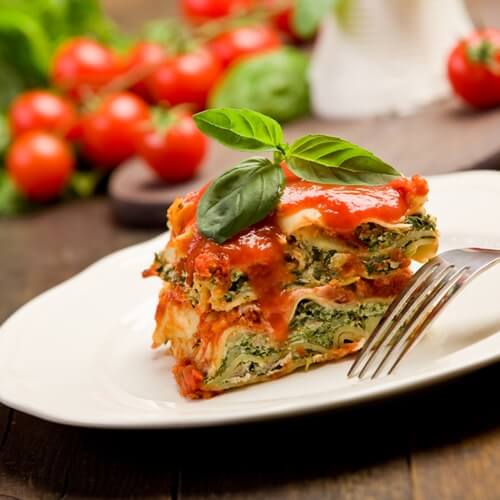Cooking with data
Food carries with it more than just taste and smell, but also emotional, cultural and educational associations. Chefs and scientists have begun to study how cooking, both as an art and as a cultural staple, can be molded to speak to these associations more clearly. Culinary arts programs may soon incorporate what some are calling a new way for chefs to “cook smarter.”
Big data
Technology is ever more a part of each person’s daily life. Smart phones, iPads and various other gadgets are carried everywhere one goes. Big data, the collection of statistics and information, is now at the center of quantifying taste. Taste can be measured in many different variables, be that salt content, number of restaurants in a vicinity that serve a specific ethnic dish, or even in broader concepts of culture-like immigration. Creating a food dish with data in mind can take on various characteristics.
Chefs at Cook’s Illustrated have taken “cooking with data” to mean a direct analysis of recipe and measurable ingredients.
“We picked up a really nice pH meter with a sodium-specific electrode,” senior editor Dan Souza said of one study, “and we salted and brined a whole turkey breast for varying lengths of time, sliced them into very thin pieces — kind of cross-sections — and then tested each one for sodium content.”
He claimed that this kind of data collection, along with various stages of testing recipes, has allowed the magazine to publish a series of “fail-proof recipes.”
Data and creativity
Other chefs have taken a different approach to using data in their cooking. Like artists, they have attempted to recreate big data statistics with creative expression. A project called Data Cuisine brought together chefs and statisticians to create food that represented big data about the city of Helsinki. The project led to various interpretations, including one lasagna that represented the city’s rates of diversification over time. The lasagna was built with varying degrees of spice, forcing each bite to grow more and more intense. This increase in flavor was to signify the gradual increase of various immigrant cultures into Helsinki.
Moritz Stefaner and Suzanne Jaschko, founders of Data Cuisine, hope to give the consumer a more encompassing food experience with their project. Entrenched in stereotypes and childhood memories, food could be the next foray into pop art. This exploration of temporal data will increase the chef’s and the consumer’s ability to create emotions with their food.


